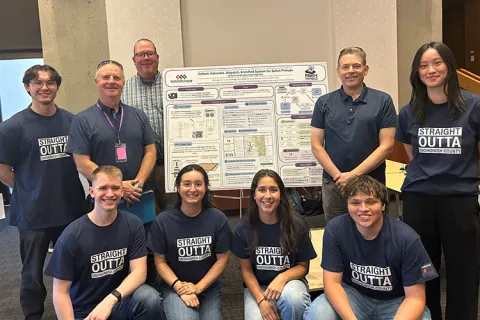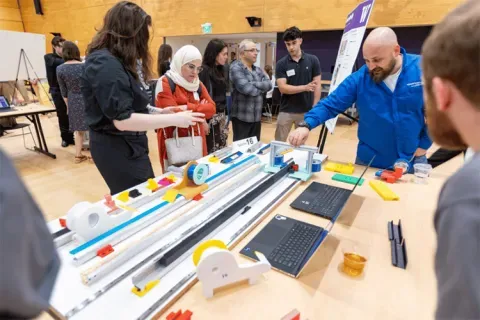UW Medical Center
Modeling Patient Throughput Across Diverse Phlebotomy Settings to Decrease Wait Times
Drawing blood from patients for laboratory testing, or phlebotomy, is one of the highest volume procedures performed in health care. Providing these services depends on a number of factors, including physical space, number of workstations, number of draw stations, staff, and efficiency of the processes required to check patients in, identify their laboratory orders, and perform the blood draw safely. There are also challenges with coordinating with clinic schedules: during time periods where clinics have more appointments available there may be a larger number of patients than blood draw capacity. This student team will work with the UW Department of Laboratory Medicine and Pathology to develop robust models to understand patient throughput across the their various blood draw locations and perform simulations that model the impact of changes such as staffing levels, times for specific process steps, and clinic schedules. This student team will work to create a generalizable tool/model that would allow the faculty and leaders who oversee these areas to understand the impact of different operational changes to patient throughput and wait times. This student team will work to assess all of the variables that may impact patient throughput metrics, including physical constraints, workflow steps and their efficiency, and an analysis of how information systems are used in the process. This student team will work to create successful models that accurately predict patient throughput metrics, such as number of patients drawn per unit time or number of minutes per patient, when a change is made to the system. The work product this student team will work to create will be one or more models that can predict with a high level of accuracy (<10% error) phlebotomy metrics that are used by the leadership team to assess the impact of making changes across a variety of blood draw settings, including primary care, specialty care, and hospital locations. Ideally, the work product this student team will work to create will be version controlled and shared with departmental staff who are comfortable with Python and/or R.
Faculty Adviser(s)
Patty Buchanan, Industrial & Systems Engineering
Related News

Mon, 10/13/2025 | UW Mechanical Engineering
Capstone collaboration leads to award
An ME capstone team received first place for its energy audit of the UW School of Social Work building.

Thu, 07/17/2025
UW engineering students develop smart ballot solution
UW engineering students develop smart technology solution to improve ballot collection for Snohomish County.

Mon, 07/07/2025 | UW Mechanical Engineering
Capstone creations
Students displayed innovative capstone design projects at the 2025 expo.

Fri, 09/20/2024 | UW Civil & Environmental Engineering
Smarter irrigation for a greener UW
A new project combines satellite data with ground sensors to conserve water and create a more sustainable campus environment.